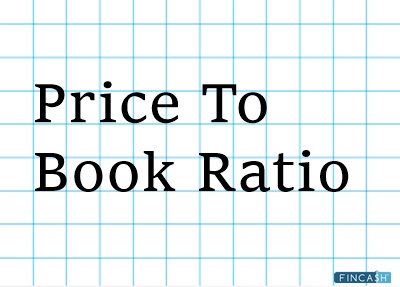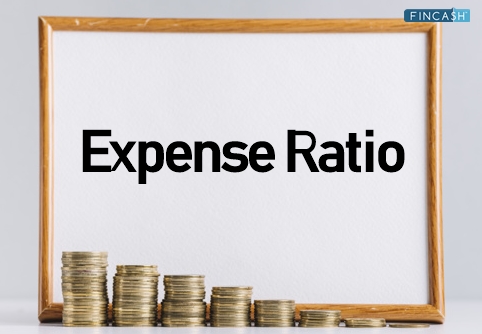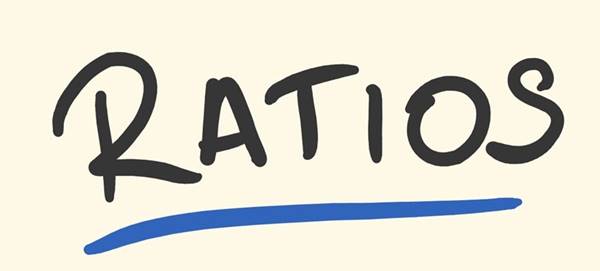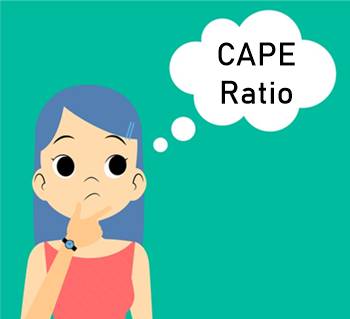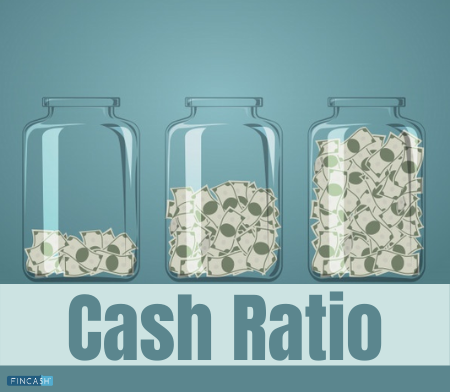
Table of Contents
Sortino Ratio
What is Sortino Ratio?
The Sortino Ratio is a financial metric that evaluates the performance of an investment relative to its downside risk. Unlike the Sharpe Ratio, which considers total Volatility, the Sortino Ratio focuses solely on negative returns, providing a clearer picture of an investment's risk-adjusted returns for those particularly concerned about losses.
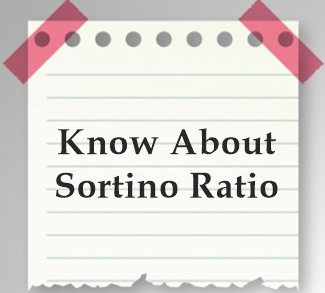
This makes it a valuable tool for investors assessing Mutual Funds, stocks, or portfolios with varying levels of risk.
Why is Sortino Ratio Important?
Emphasis on Downside Risk: Investors are typically more concerned about potential losses than gains. The Sortino Ratio addresses this by concentrating on negative volatility.
Enhanced Risk assessment: By isolating downside risk, it offers a more nuanced view of an investment's performance, aiding investors in making informed decisions.
Commonly Used by CFA Analysts: Financial analysts and CFA-certified professionals frequently use the Sortino Ratio to evaluate Portfolio performance and manage investment risks.
Talk to our investment specialist
Formula for Sortino Ratio
The Sortino Ratio is calculated using the following formula:
Sortino ratio: (R) - Rf /SD
where,
- R = Expected return of the investment
- R_f = Risk-free rate of return (e.g., returns from government securities)
- SD = Standard Deviation of negative returns (Downside Deviation)
Example Calculation of Sortino Ratio
Let's consider two mutual funds:
- Mutual Fund A: Annual return of 15% with a downside deviation of 8%
- Mutual Fund B: Annual return of 12% with a downside deviation of 7%
- Risk-Free Rate: 2.5%
Sortino Ratio Calculation:
Mutual Fund A: 15% - 2.5% / 8% = 1.56
Mutual Fund B: 12% - 2.5% / 7% = 1.35
A higher Sortino Ratio indicates better risk-adjusted performance concerning downside risk.
Sortino Ratio vs. Sharpe Ratio
| Aspect | Sortino Ratio | Sharpe Ratio |
|---|---|---|
| Focus | Downside volatility (negative returns) | Total volatility (both upside and downside) |
| Risk Measurement | Penalises only downside risk | Penalises both upside and downside volatility |
| Best For | Risk-averse investors focusing on downside protection | Evaluating overall volatility and return |
| Interpretation | Higher ratio = Better downside risk-adjusted returns | Higher ratio = Better risk-adjusted returns overall |
What is a Good Sortino Ratio?
A higher Sortino Ratio typically indicates better performance relative to downside risk. Here’s how it can be interpreted:
- Above 2.0: Excellent risk-adjusted returns
- 1.0 to 2.0: Good risk-adjusted returns
- Below 1.0: Riskier investment with lower returns for the risk taken
Sortino Ratio in Mutual Funds
The Sortino Ratio is often used to evaluate mutual fund performance. Investors prefer funds with a high Sortino Ratio as it implies the fund generates higher returns for every unit of downside risk.
Here are some examples of mutual funds and their current Sortino Ratios:
| Mutual Fund Name | Sortino Ratio |
|---|---|
| Canara Robeco Flexi Cap Fund | 0.6 |
| Axis Focused 25 Fund | 0.74 |
| Mirae Asset India Equity Fund | 0.77 |
| Principal Multi Cap Growth Fund | 0.68 |
| SBI Magnum Multicap Fund | 0.52 |
Note: Higher Sortino Ratios indicate better risk-adjusted returns for the downside volatility.
Sortino Ratio Calculator
You can calculate the Sortino Ratio using a simple calculator or financial software. Just input:
- Expected Portfolio Return
- Risk-Free Rate
- Standard Deviation of Negative Returns
Limitations of the Sortino Ratio
While the Sortino Ratio is a valuable tool, it's essential to be aware of its limitations:
- Ignores Positive Volatility: It doesn't account for upside volatility, which might be relevant for some investors.
- Assumes Normal Distribution: The calculation assumes that returns are normally distributed, which may not always be the case.
- Data Sensitivity: The accuracy of the ratio heavily depends on the quality and accuracy of the input data.
Conclusion
The Sortino Ratio serves as a crucial metric for investors aiming to assess investments based on downside risk. By focusing on negative returns, it provides a tailored perspective for risk-averse investors. However, it's advisable to use the Sortino Ratio alongside other performance metrics to gain a comprehensive understanding of an investment's risk-return profile.
Next time you assess a fund, check its Sortino Ratio along with other metrics like the Sharpe Ratio and Treynor Ratio to make a well-informed decision.
Happy Investing!
All efforts have been made to ensure the information provided here is accurate. However, no guarantees are made regarding correctness of data. Please verify with scheme information document before making any investment.

